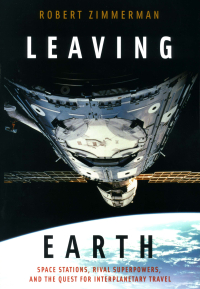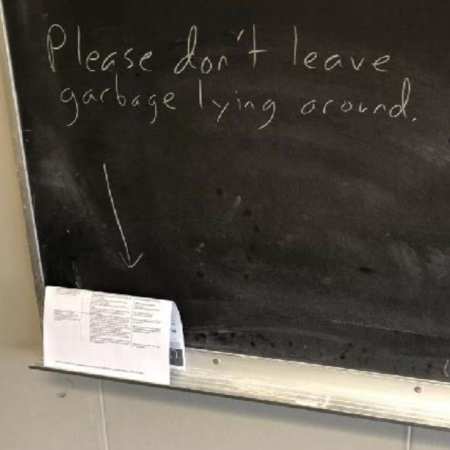Roscosmos to only accept future payments in rubles
Shooting yourself in the foot: Dmitry Rogozin today announced that Russia’s space corporation Roscosmos — which controls its entire aerospace industry — will from now on only accept future payments in rubles for foreign companies and countries.
First, because of Russia’s unprovoked invasion of the Ukraine, Roscosmos no longer has much business outside of Russia. There are only a very tiny handful of foreign companies or countries left having contracts with Roscosmos, so this new rule won’t affect many.
Second, this order will guarantee that the last few will flee, and that there will be not any new foreign contracts to follow. The ruble these days is worthless. No one will want to buy rubles to pay Russia. And if they do, it will be a fake paper transaction created only seconds before payment, merely to meet the rule. Why should anyone bother, even China?
Shooting yourself in the foot: Dmitry Rogozin today announced that Russia’s space corporation Roscosmos — which controls its entire aerospace industry — will from now on only accept future payments in rubles for foreign companies and countries.
First, because of Russia’s unprovoked invasion of the Ukraine, Roscosmos no longer has much business outside of Russia. There are only a very tiny handful of foreign companies or countries left having contracts with Roscosmos, so this new rule won’t affect many.
Second, this order will guarantee that the last few will flee, and that there will be not any new foreign contracts to follow. The ruble these days is worthless. No one will want to buy rubles to pay Russia. And if they do, it will be a fake paper transaction created only seconds before payment, merely to meet the rule. Why should anyone bother, even China?













